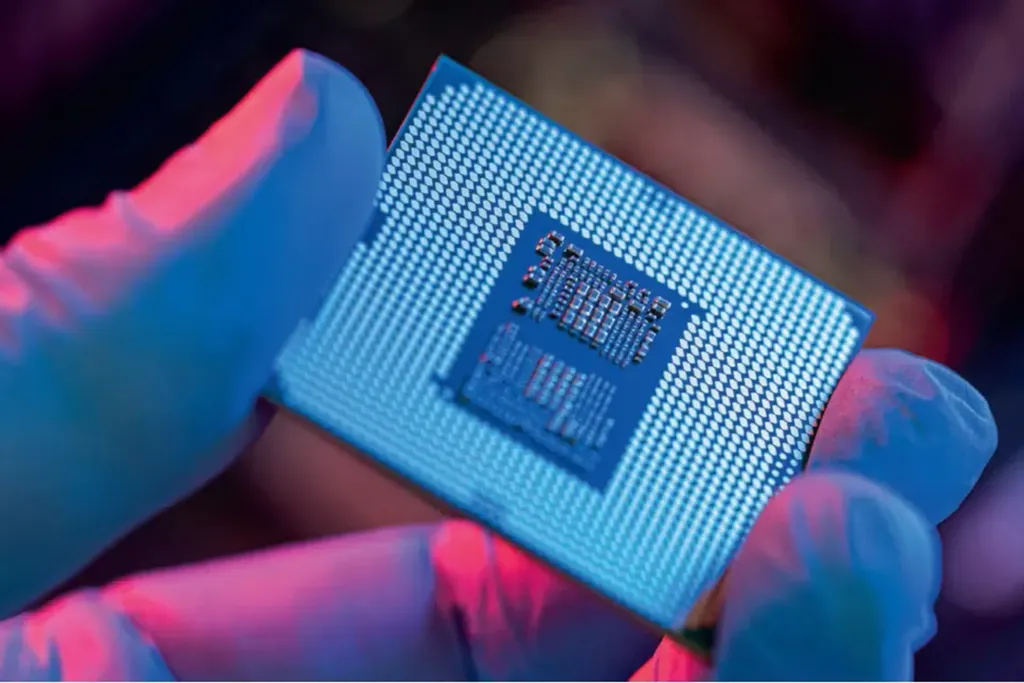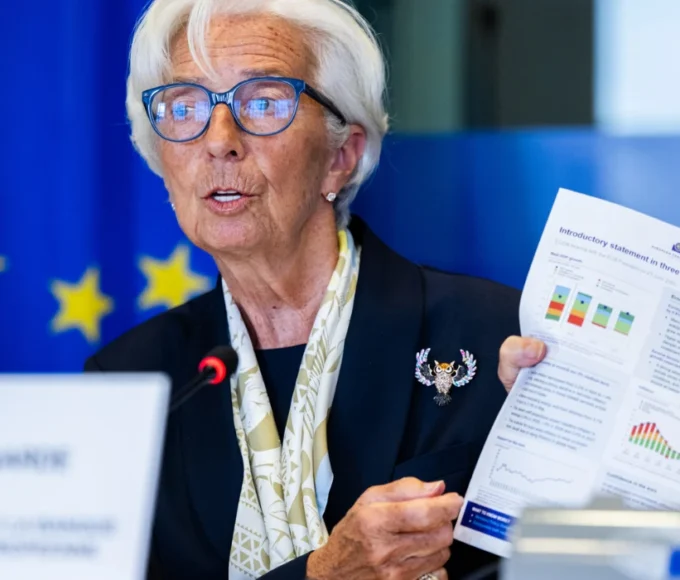The site, called the European Semiconductor Manufacturing Company, will be located in the eastern German city of Dresden. It is expected to reach full operational capacity by 2029, with an annual output of 480,000 silicon wafers.
According to the European Commission, the plant will produce processors using 300 mm silicon wafers, with connection points ranging from 28/22 nanometers to 16/12 nanometers, and will mainly be used in automotive and industrial applications.
The project is in line with the EU’s plan to double its market share in semiconductors to 20% by 2030, as set out in the European Processor Act.
Europe has so far relied on imports of processors and wafers. The European automotive sector has been hit hard in recent years by a shortage of available semiconductors, severely limiting the industry’s capacity.
With an ambition to mobilise over €43 billion in public and private investment, the European Commission adopted in 2022 a Processor Act aimed at achieving strategic independence from semiconductor imports, allowing it to react more quickly to supply chain issues.
This article is originally published on lecourrier.vn








